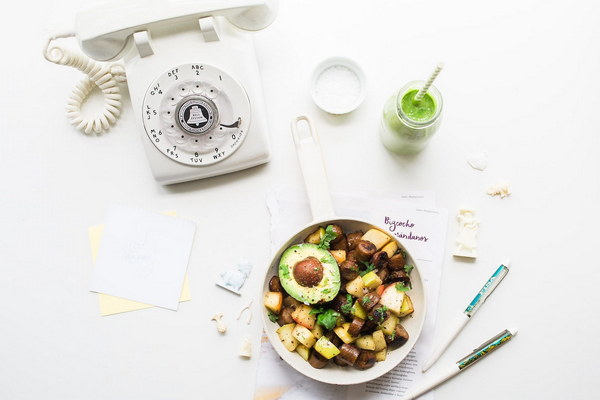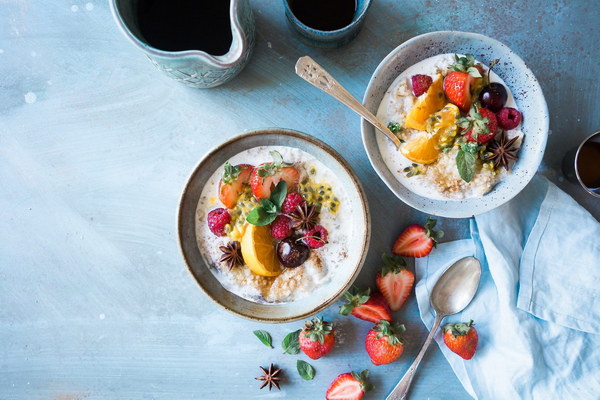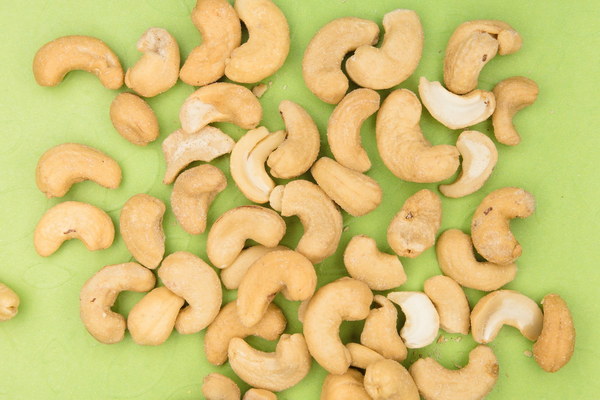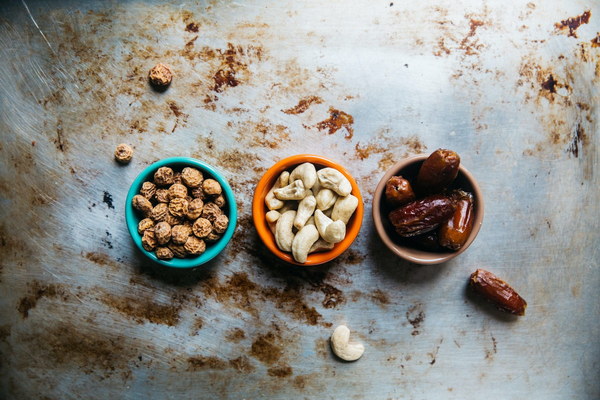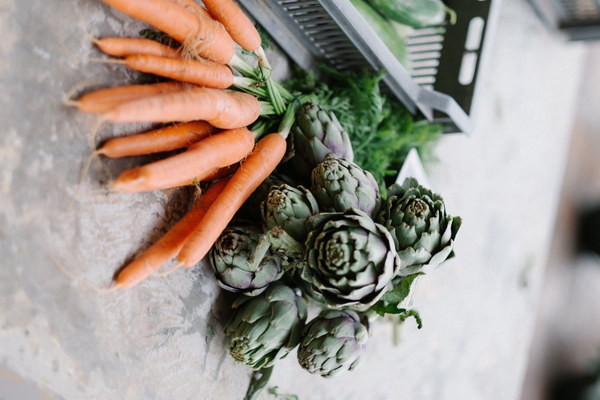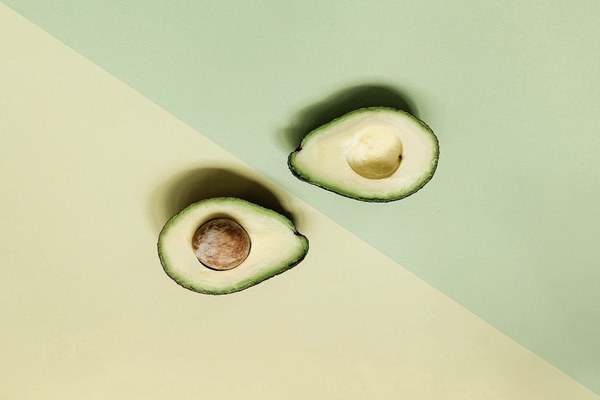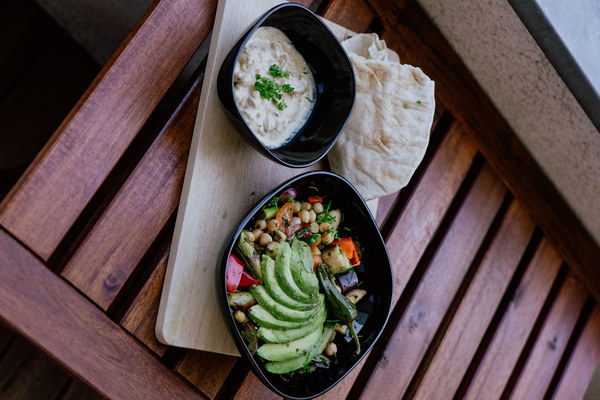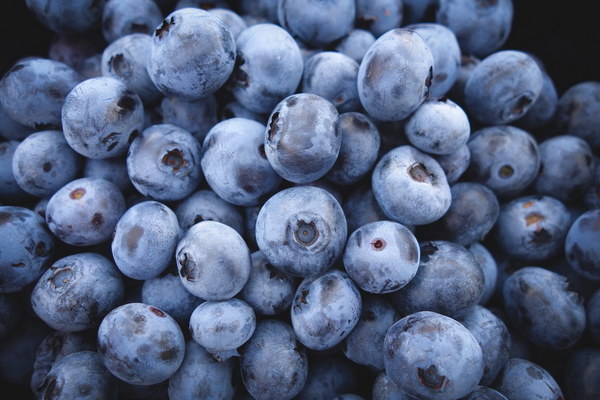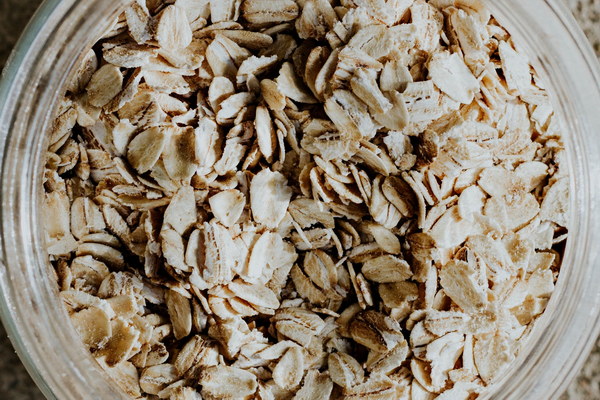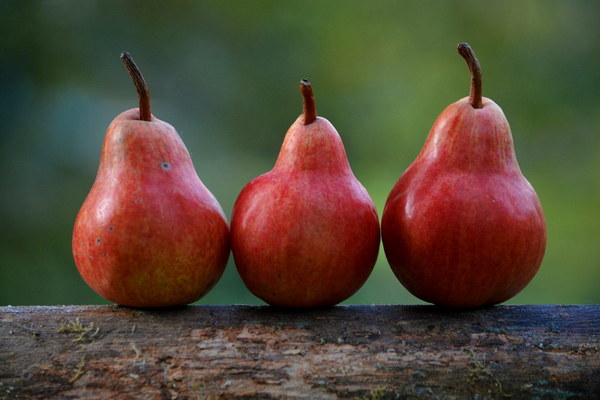Nourishing the Body A Holistic Approach to Tackling Internal Damp-Heat with Diet
In the realm of traditional Chinese medicine, internal damp-heat is a common imbalance that can lead to various health issues. This condition is characterized by an accumulation of dampness and heat within the body, often resulting in symptoms such as fatigue, irritability, and digestive problems. To counteract this imbalance, a well-rounded diet that focuses on cooling and draining dampness is essential. This article will explore the concept of internal damp-heat and provide a comprehensive guide to using food as a natural remedy to nourish the body and promote balance.
Understanding Internal Damp-Heat
Internal damp-heat is a complex condition that arises from an imbalance in the body's Yin and Yang energies. It is often caused by factors such as poor diet, excessive humidity, and emotional stress. When dampness and heat accumulate, they can obstruct the flow of Qi (vital energy), leading to various health issues.
Symptoms of internal damp-heat include:
- Excessive sweating
- Body odor
- Bad breath
- Fatigue
- Constipation or diarrhea
- Discomfort or pain in the joints and muscles
- Irritability
- Acne and skin problems
Nourishing the Body with Food
To combat internal damp-heat, it is crucial to adopt a diet that focuses on cooling and draining dampness. Here are some key principles to consider when planning your meals:
1. Avoid Heat-Producing Foods
Heat-producing foods, such as spicy dishes, alcohol, and caffeine, can exacerbate internal damp-heat. It is best to avoid these foods altogether or consume them in moderation.
2. Focus on Cooling Foods
Cooling foods help to alleviate the heat and dampness within the body. Some examples include:
- Leafy greens, such as spinach, kale, and lettuce
- Vegetables like cucumber, zucchini, and pumpkin
- Fruits like watermelon, cantaloupe, and strawberries
- Herbs and spices, such as mint, cilantro, and ginger
3. Choose Damp-Draining Foods
Damp-draining foods help to eliminate excess dampness from the body. Incorporate the following into your diet:
- White rice and other grains
- Legumes, such as lentils and chickpeas
- Vegetables like asparagus, green beans, and broccoli
- Fruits like apples, pears, and peaches
4. Stay Hydrated
Drinking plenty of water is essential for maintaining a healthy internal environment. It helps to flush out toxins and support the body's natural drainage mechanisms.
5. Balance Your Diet
Ensure that your diet is well-balanced, incorporating a variety of nutrients, including protein, healthy fats, and complex carbohydrates. This will help to support your body's overall health and aid in the elimination of damp-heat.
Sample Meal Plan
Here's a sample meal plan that incorporates the principles outlined above:
Breakfast:
- Oatmeal topped with fresh berries and a sprinkle of cinnamon
- A cup of green tea
Lunch:
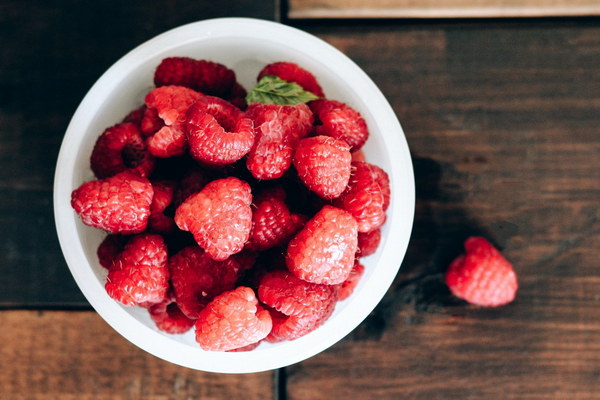
- Quinoa salad with mixed greens, cucumber, tomatoes, and feta cheese
- A side of steamed broccoli
- A glass of mint tea
Dinner:
- Stir-fried tofu with bell peppers, onions, and carrots
- Brown rice
- A cup of ginger tea
Snacks:
- Carrot sticks and hummus
- A handful of almonds
- A piece of fruit, such as a pear or apple
By following these guidelines and incorporating a variety of cooling, damp-draining foods into your diet, you can help alleviate internal damp-heat and support your body's natural balance. Remember, a holistic approach that includes diet, lifestyle, and mental health is essential for optimal well-being.
